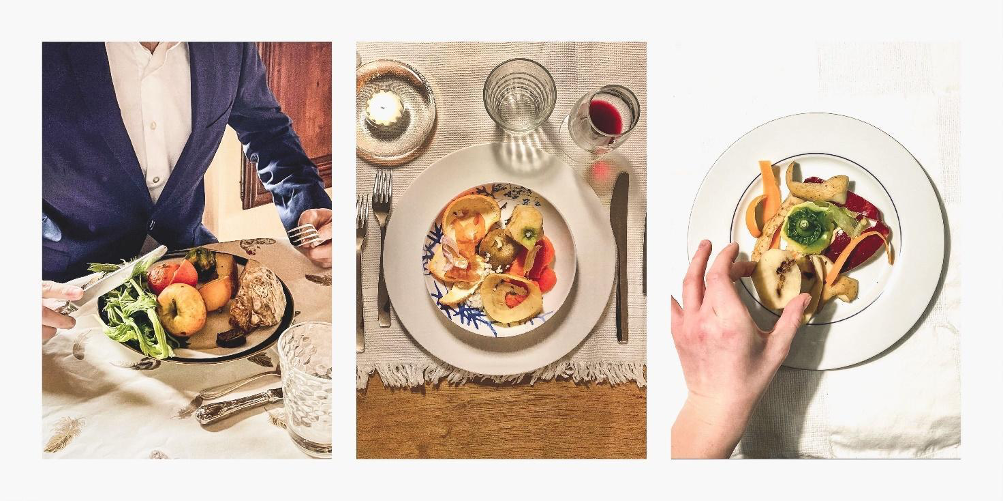Disclaimer: this article doesn’t say anything about Covid-19. I think we’ve all had enough of reading about it.
During these extremely uncertain times, I believe that the most useful way to exercise the pain of online classes and computer-based life is through trying something new. For this exact reason, when it came time to choose my first of three specialisations during my two-year Masters in Management, I chose Impact Entrepreneurship.
There were so many choices – 58 in all – but I chose this one since it was the most “on-point” topic: when better than now can young generations strive to have an impact, right?
According to the course description, “More than ever, today’s entrepreneurs are striving to build businesses that make an impact in the world. Impact entrepreneurs are driven by a desire to disrupt the status quo. They are not just selling, they are solving problems.”
Two weeks into the course, now that I have a better understanding of “Impact” (I don’t know about you, but I didn’t really grasp the concept before as it relates to the business world), I am now able to define what it means and (hopefully) by the end of the course I’ll be able to create it.
In a nutshell, the concept of impact in business: Businesses today need to be sensitive to the fast-changing environment and look carefully at the complex needs customers have, in order to have a social impact and transform society.
Idea creation
I have always wondered how those clever entrepreneurs and intrapreneurs come up with dazzling ideas, bringing true innovation to the market and leaving everybody with their mouth open, saying “WOW, this is so cool!”.
Searching for and getting new ideas is not an easy process. It’s relatively easy to understand a difficult formula or procedure: it might be tough at first to understand the technicalities, but you can see where it’s headed. However, when we deal with innovation and reflection, it’s way more difficult: there is no ending point, no formal set of rules to follow, and most of the time your ideas go directly in the bin.
I chose to attend this exciting specialization here in Turin as I was looking forward to co-creating the course, digging deeper into the human mind to unlock what truly moves us, and leading to creative and innovative ideas.
An “Improbable” workshop

The Art Thinking Method
With these ideas in mind, we kicked-off this specialization with a really “Improbable” workshop run by ESCP Professor Sylvain Bureau and Artist Pierre Tectin on the Art Thinking Method that they created in 2018.
You read it correctly: Art. During the second semester of my business masters.
At the beginning of the seminar, I thought that art was going to be used to demonstrate theoretically how new ideas are created and honed, or how the artistic process could be used in business.
The reality? By the end of the three-day workshop, we had to create a piece of art, on view for all in an online art exhibition. All of this with no physical interaction and only our laptops to guide us.
Panic.
My first thought was to change specializations and try something more classic such as marketing or consulting. I ended up staying with it because I really wanted to challenge myself in another way, by breaking away from a more typical class, to try to push my imagination a bit further.
Build it up then tear it down
On Day 1, once we had been split into groups, I realised that none of us had an artistic bone in our bodies.
This was a real challenge. Not only were we facing something “improbable” for our academic career, we also had to deal with the inability to meet each other in person, we had to figure out a way to develop our project in a non-traditional way by adapting ourselves and the artwork to the current situation.
We were given a topic, then had to develop a real work of art through the Art Thinking process. Basically, once you have what you think is a great idea and start developing it, you have to destroy it to create a new and better one. This might sound frustrating (and it was), but it was also one of the most satisfying challenges I’ve ever put myself through.
Each group was given a different topic. Ours was food. With this broad topic, we had to find a real-life issue and develop a work that would be an answer to the issue raised.
At the end of the three days, every one of us was truly pleased with their work, even though we never thought we would have been able to create a work of art, especially in this particular situation.

As has already happened in previous situations in and out of my studies, I am learning that the most important thing is collaboration: even when you don’t have the technical expertise to do something, if you leverage each other’s ideas, there is always a way to find a solution. I also learned that often, the greatest ideas come from the process of destroying and unlearning. We need to learn to be more courageous and willing to challenge our ideas and not take them for granted.
Art is everywhere, and just like in business, during the creative process we need to be courageous enough to question our questions, destroy our beliefs and challenge our thinking. If we are able to find the link between the process of creating a work of Art and of creating a Business, we will unlock many opportunities for innovation and growth.
Check out our art exhibition! Improbable, an Art Thinking Workshop
Find our more on entrepreneurship initiatives at ESCP Business School: Jean-Baptiste Say Institute


